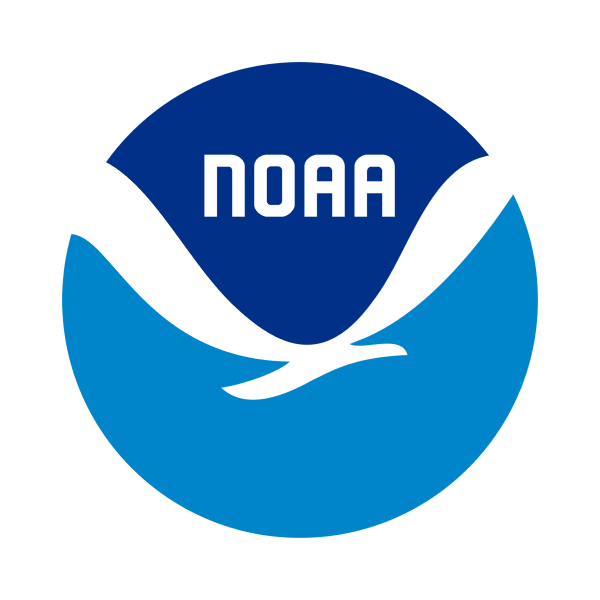Southeast Aquatic Resources Partnership and Southeastern Association of Fish and Wildlife Agencies removed natural and human-made debris from the Pearl River to restore hydrologic functions to the river, provide fish passage, and restore freshwater flow downstream.
Type of Project: Removal
Region: Gulf of America
Project Dates: August 2018 - July 2021
Who was involved?
The Southeast Aquatic Resources Partnership (SARP) and Southeastern Association of Fish and Wildlife Agencies (SEAFWA), with the support of the NOAA Marine Debris Program, facilitated the removal of natural and human-made debris from a large log jam in the Pearl River just below Pool’s Bluff. SEAFWA and SARP partnered with the U.S. Fish and Wildlife Service’s Aquatic Habitat Restoration Team, Bogue Chitto National Wildlife Reserve, Mississippi Department of Wildlife, Fisheries and Parks, Louisiana Department of Wildlife and Fisheries, Pearl Riverkeeper, and International Paper (Bogalusa Mill).
What was the project and why is it important?
The Pearl River, which forms a natural boundary between Mississippi and Louisiana, is one of the most biologically diverse river systems in the Southeast with over 140 fish species and 28 mussel species, The connection between upstream and coastal habitats is critical to the survival of many fish and wildlife species, including fish that need upstream connection to spawning habitats. Downstream species, such as oyster, shrimp, and fish, also depend on fresh water for proper salinity.
Over time the Pearl River became blocked by an over accumulation of woody and human-made debris from land use changes, hurricanes, and flooding events. Through the Pearl River debris removal project, multiple organizations restored the hydrologic functions to the Pearl River basin. The removal of man-made and woody debris helped restore the river by improving connectivity, thereby allowing for fish passage and normal river flow to Lake Borgne and the Gulf of America. These actions have direct benefits to important anadromous species that travel upstream to critical habitat and to Essential Fish Habitat downstream by restoring natural estuarine dynamics.
This debris removal was a collaborative effort bringing together multiple federal, state, and local agencies, nongovernmental organizations, corporations, and local communities interested in restoring and protecting the Pearl River.
What were the results?
This project removed over 50,135 pounds of both marine and woody debris from the Pearl River. The project removed human-made and woody debris that spanned the entire main channel of the Pearl River, as well as derelict vessels that were posing navigational and recreational hazards. Project partners also hosted community clean up events that captured additional smaller debris along the shorelines. Volunteers assisted in clean-up efforts and helped raise awareness of the impacts of marine debris and methods of recycling. Their efforts totaled 1814 hours provided by 150 volunteers.
For more information about this project, visit the Marine Debris Program Clearinghouse.
 An official website of the United States government.
An official website of the United States government. 
